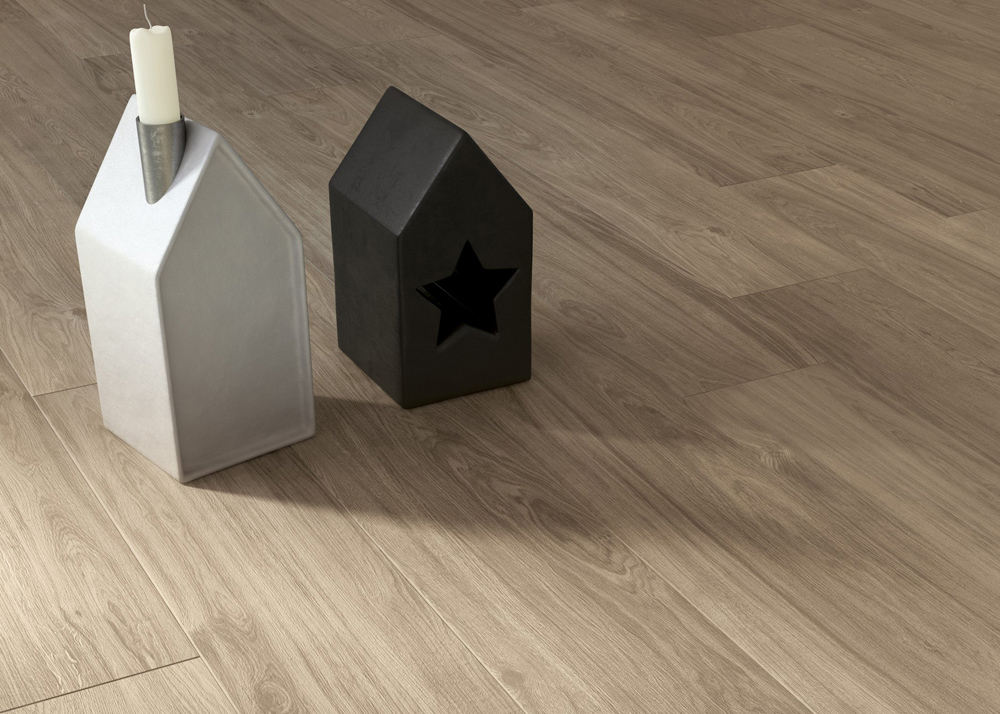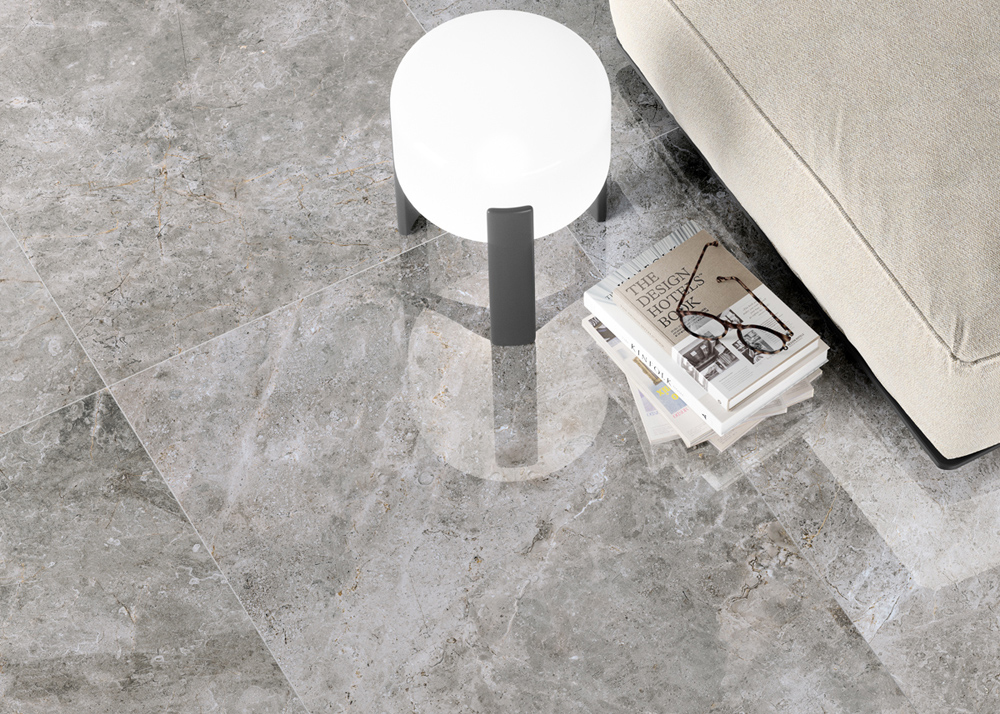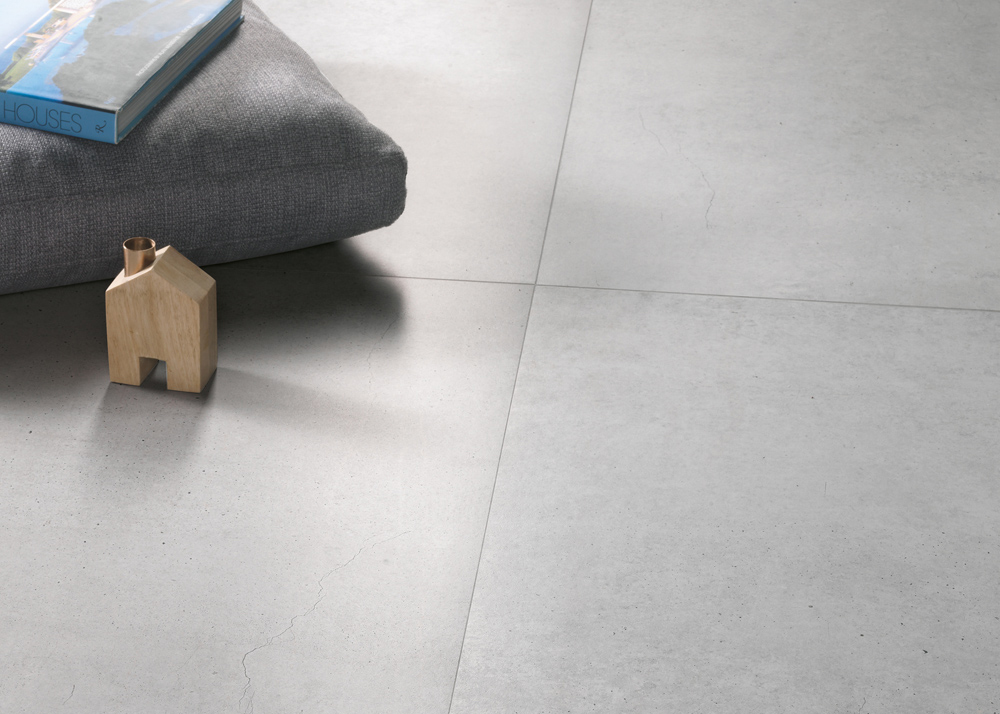Ceramic and other claddings
The main classification criterion of the different materials available for flooring and cladding is based on their nature.
Therefore, they can be divided into:
- Ceramic materials, obtained with a mix of raw materials widely available in nature (clays, sands, etc). For example, tiles and bricks
- Stone materials, that is to say tiles or plates obtained by cutting blocks of particular stones available in nature. For example marbles, granites and travertines
- Binding materials of various nature, non yet formed (concretes, limes, plasters, etc) that if combined with water and sand, can be shaped into any thickness and hardening bodies. For example concrete round coatings and plaster walls finishings.
- Composite materials, claddings obtained with rock fragments scattered in a concrete or polymeric binding matrix. For example sandstones with stone fragments in a concrete or polymeric binding matrix.
- Polymeric materials, generally called “plastic raw materials”. For example vinyl, linoleum, rubber, carpet etc.
- Organic material of animal or vegetable origin, derived from materials directly available in nature within the animal and vegetable world. For example wood and cork, wallpaper, etc.
Porcelain tile flooring is a versatile architectural resource that can be employed in a variety of environments without having to worry about the constraints of water, stains, and design.
Tile has been used for centuries to provide a durable coated surface that is hygienic and easy to clean, for indoor and outdoor environments.
Advantages Of Porcelain Flooring Tile
As for performances, the ceramic material proves to be superior to all the others in many circumstances:
- Long Lasting
- Abrasion Resistance
- Chemical Attack Resistance
- Fire Resistance
- Water Resistance
- Low Maintenance
- Stands Up to High Traffic
- Great Investment
- Fastness to light
- Hygiene
- Virtually Unlimited Designs
- Decorability


